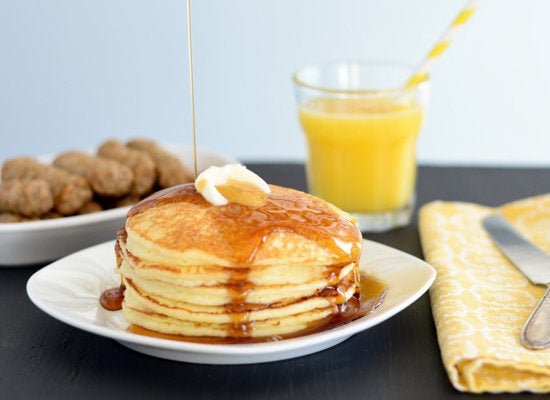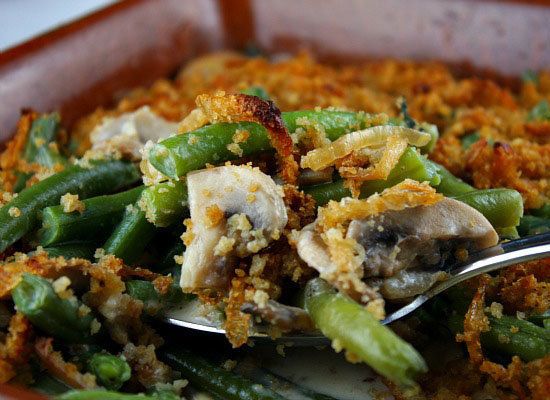
Wondering why entire grocery store aisles are now gluten-free? Here's the real story behind the hype -- and how to do the diet right.
These days so many foods are plastered with gluten-free labels that it's easy to assume slashing gluten from your diet is a smart move -- even if you don't know exactly what gluten is, or how your body responds to it. "Many people think that if a product has a gluten-free stamp, it's healthier," says dietitian Tricia Thompson, coauthor of Easy Gluten-Free. "But that's not always the case."
Long story short: Gluten is a protein found in grains such as wheat, barley, and rye -- and many people literally can't stomach it. Chief among them are the estimated three million Americans with celiac disease (CD), in whom the tiniest speck of gluten triggers an autoimmune assault on the small intestine, rendering it unable to absorb nutrients and causing problems from weight loss to severe stomach pain. But researchers suspect that many more of us suffer from an intolerance to gluten, often without realizing it. And a growing body of science is linking a range of problems -- including chronic fatigue, irritable bowel syndrome, and migraines -- to a condition called nonceliac gluten sensitivity, which causes CD-like symptoms without the autoimmune component. This lesser-understood disorder is estimated to affect 18 million to 20 million Americans, but it's tough to diagnose; doctors generally assume you have it if your tests for CD (blood work and an intestinal biopsy) are negative but your system still has trouble handling gluten.
The Diet Dilemma
People avoiding gluten often reach for what seems the next best thing: wheat-free versions of traditional flour-filled items like breads and pastas. Because gluten is the component that makes baked goods light and airy, manufacturers replicate that texture with alternatives such as tapioca starch. But many of these substitutes are nutritionally inferior to white flour, which is enriched with iron and B vitamins like thiamin, riboflavin, niacin, and folic acid. G-free packaged foods, especially breads, are often also devoid of fiber and full of extra calories, says dietitian Dee Sandquist, who specializes in CD. In general, gluten-free packaged foods have added fat to make them look and taste better.
While it's best to consult a clinician to figure out whether gluten is giving you grief, if you do start the diet, try the following tactics:
Supplement Smart
Assuming you'll have to rely on some g-free packaged items, pump up your meals with vitamin-rich foods whenever possible. Toss brown rice (full of vitamin B6, thiamin, and niacin) in salads, cook with more beans (rich in iron), or make powerhouse side dishes: say, a baked potato topped with broccoli and low-fat Cheddar (loaded with folate, iron, and calcium).
Look Beyond The Logo
Read the nutrition panel on g-free packages to make sure they contain fiber (at least three grams for pasta and cereal and two for most other processed foods) and iron. The ingredients should include whole grains and bean flours like chickpea, which have more nutrients than starch substitutes. A few good brands are Bob's Red Mill, Ancient Harvest, and Amy's.
Make A Swap
Avoid packaged foods by making traditionally gluten-heavy dishes with naturally gluten-free foods that offer plenty of fiber, iron, and protein. Instead of spaghetti, make polenta (boiled cornmeal) topped with marinara; in place of a turkey sandwich on white, have a turkey wrap on a corn tortilla. Or skip the chicken noodle soup in favor of chicken soup with brown rice.
Related On Huffpost:

